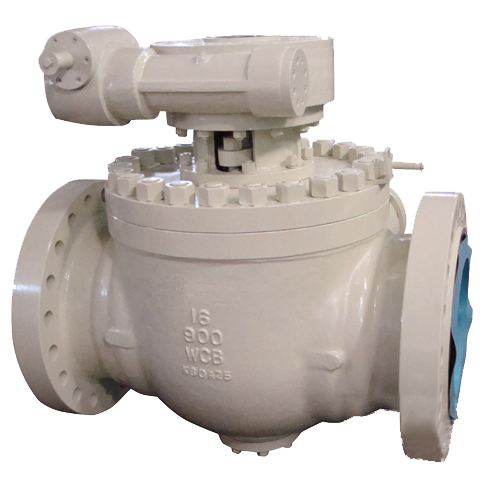
This article will systematically explain how to select the appropriate ball valve for various operating conditions, starting from typical application scenarios, providing valuable reference for engineers, design institutes, and purchasing personnel.
1. Brief Overview of the Basic Structure and Working Principle of a Ball Valve
A ball valve operates by a rotating ball with a through-hole that controls the flow. When the hole aligns with the pipeline, the medium can flow freely; when the ball rotates 90°, the passage is closed, and the flow is completely blocked. Due to its simple operation, excellent sealing performance, and compact size, ball valves are widely used in various applications, ranging from residential water supply to heavy industrial systems.2. Ball Valve Selection Guide for Different Applications
(1) HVAC and Plumbing Systems
Recommended Types: Brass Ball Valve, Stainless Steel Ball Valve, Plastic Ball ValveKey Points:
- Choose models with corrosion resistance and high sealing performance.
- It is recommended to use full-port ball valves to reduce flow loss.
- Manual ball valves are standard, while electric ball valves can be used for remote control applications.
(2) Oil & Gas Industry
Recommended Types: Trunnion Ball Valve, Fire-safe Ball Valve, Anti-static Ball ValveKey Points:
- Must meet industry standards such as API 6D, ISO 10497.
- Metal hard seals are suitable for high temperature and high pressure environments.
- For combustible and explosive medium systems, use fire-safe and anti-static ball valves.
(3) Chemical Processing and Corrosive Media Systems
Recommended Types: Fluoropolymer-lined Ball Valve (PTFE / FEP / PFA Lined), Plastic Ball Valve (such as CPVC)Key Points:
- Strong acids, alkalis, and solvents require corrosion-resistant materials.
- Seals should be made of materials compatible with the media.
- Automated production lines should be equipped with pneumatic or electric control ball valves.
(4) Food & Pharmaceutical Industry
Recommended Types: Sanitary Ball ValveKey Points:
- The interior of the valve body must be mirror-polished to meet CIP/SIP cleaning requirements.
- Seals must be FDA-certified.
- Connections are typically quick-connect for easy disassembly and cleaning.
(5) Water Treatment & Environmental Systems
Recommended Types: Full-port Plastic Ball Valve, Electric Ball ValveKey Points:
- For sewage or reclaimed water systems, use anti-clogging designs.
- If the medium contains particles, use a filter in combination.
- For remote monitoring projects, electric ball valves can enhance automation.
(6) Power & Thermal Systems
Recommended Types: Metal Sealed Ball Valve, Forged Steel Ball ValveKey Points:
- Avoid soft sealing materials for high-temperature applications.
- For high-pressure systems, it is advisable to use a trunnion ball design.
- For steam and other media, the sealing structure must ensure long-term leak-free performance.
3. General Considerations for Ball Valve Selection
(1) Confirm Operating Parameters:
Including working temperature, pressure, media composition, and whether solid particles are present.(2) Select the Appropriate Bore Type:
Full Bore: Suitable for systems sensitive to flow resistance.Reduced Bore: Cost-effective but may introduce some pressure drop.
(3) Match Sealing Materials:
PTFE: Suitable for most neutral liquids.Metal Sealing: Ideal for high-temperature, high-pressure, and abrasive conditions.
(4) Choose the Right Actuation Method:
Manual: Suitable for systems with few control points.Pneumatic/Electric: Recommended for centralized control and automated systems.
